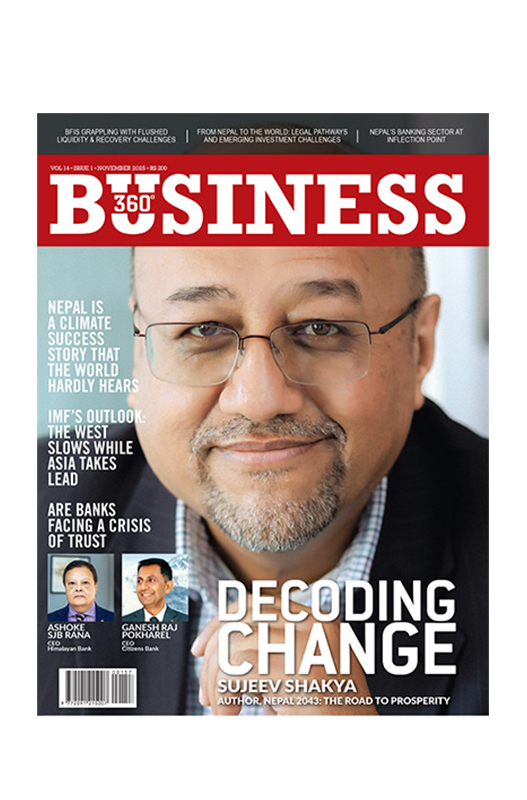
Walk into a hotel in Kathmandu on a weekday, and you’ll likely stumble upon a panel discussion. The setup is familiar: a dais lined with speakers, PowerPoint presentations, an audience nodding politely, a Q&A session that often veers off course, and then a round of ‘hi-tea’. Repeat.
In Nepal, we have developed a curious addiction to talk shops. Faced with any serious issue - economic stagnation, youth outmigration, climate change – our instinct is to convene a conference. Yet, while the microphones get passed around, the problems remain stuck where they are. It’s time we ask: Are we mistaking conversation for change? Are we talking too much, and doing far too little?
A substitute for action
Panels simulate progress without requiring it. And there lies a dangerous comfort. By merely showing up and speaking, participants appear engaged. Institutions can check a box: “We held a programme.” But come the next day, what changed? No follow-through. No implementation. No accountability. The cycle continues – conference to conference, recommendation to recommendation – with little measurable impact. We confuse dialogue with delivery.
The usual suspects
Nepal’s panel circuit is a small world. The same experts, the same anecdotes, the same narratives. A handful of experts travel from one event to the next, offering recycled insights with minor variations. It’s less about discovering new ideas and more about reinforcing the old ones. Real innovation – the kind that comes from those closest to the problems – is often left outside the venue. Instead of discovery, we get repetition. Instead of innovation, inertia.
Inclusion in optics
Many panels showcase ‘diversity’ with a woman participant, for fear of being labelled a ‘manal’. They may also include youth, or member of a marginalised group from time to time. But true representation is not about ticking boxes; it’s about voice, influence, and decision-making power. Without that, these panels reinforce the same hierarchies they claim to challenge.
Photo ops
Let’s be honest: many of these events exist more for the photo gallery than for the policy outcomes. Carefully staged group photos, speaker headshots, social media posts with hashtags like #impact #equality, etc – these have become ends in themselves. The event is judged not by what ideas it sparked or actions it led to, but by how well it looked online. Image has overtaken impact.
The economics of empty engagement
Think of the resources: venue rentals, catering, media coverage, speaker fees, travel expenses. Now imagine if even a portion of that budget funded pilot projects, community initiatives, or digital infrastructure in rural schools. Panels consume resources that could otherwise create real-world change.
That said, it’s fair to acknowledge the economic boost these events provide to local hospitality sectors – hotels, event planners, caterers. Especially noteworthy is the fact that closure of activities by a major development agency recently and subsequent cut-back by others have adversely affected already sluggish Nepali economy. But should that really be the main justification for this endless carousel of conferences?
No culture of execution
Here’s what’s missing: a clear mechanism for follow-up. If an event generates recommendations, who is responsible for implementing them? Who tracks progress? Who is held accountable if nothing happens? The absence of a culture of execution turns these gatherings into little more than intellectual performances. The government, especially, continues to demonstrate a high degree of inability in spending – even donor committed money.
What Nepal actually needs
We need fewer speeches and more pilots. Fewer symposiums and more startups. We need to fund ideas, not just talk about them. Our universities should be incubators, not auditoriums. Our public discourse should move from performative to productive. Our culture of conversation must evolve into a culture of construction.
Yes, dialogue has value. But dialogue that leads nowhere only delays the doing. Nepal doesn’t need more panels – it needs more builders, doers, and problem-solvers.
Until then, our talk shops will remain what they’ve become: photo ops with pastries – polished, performative, and painfully unproductive.






